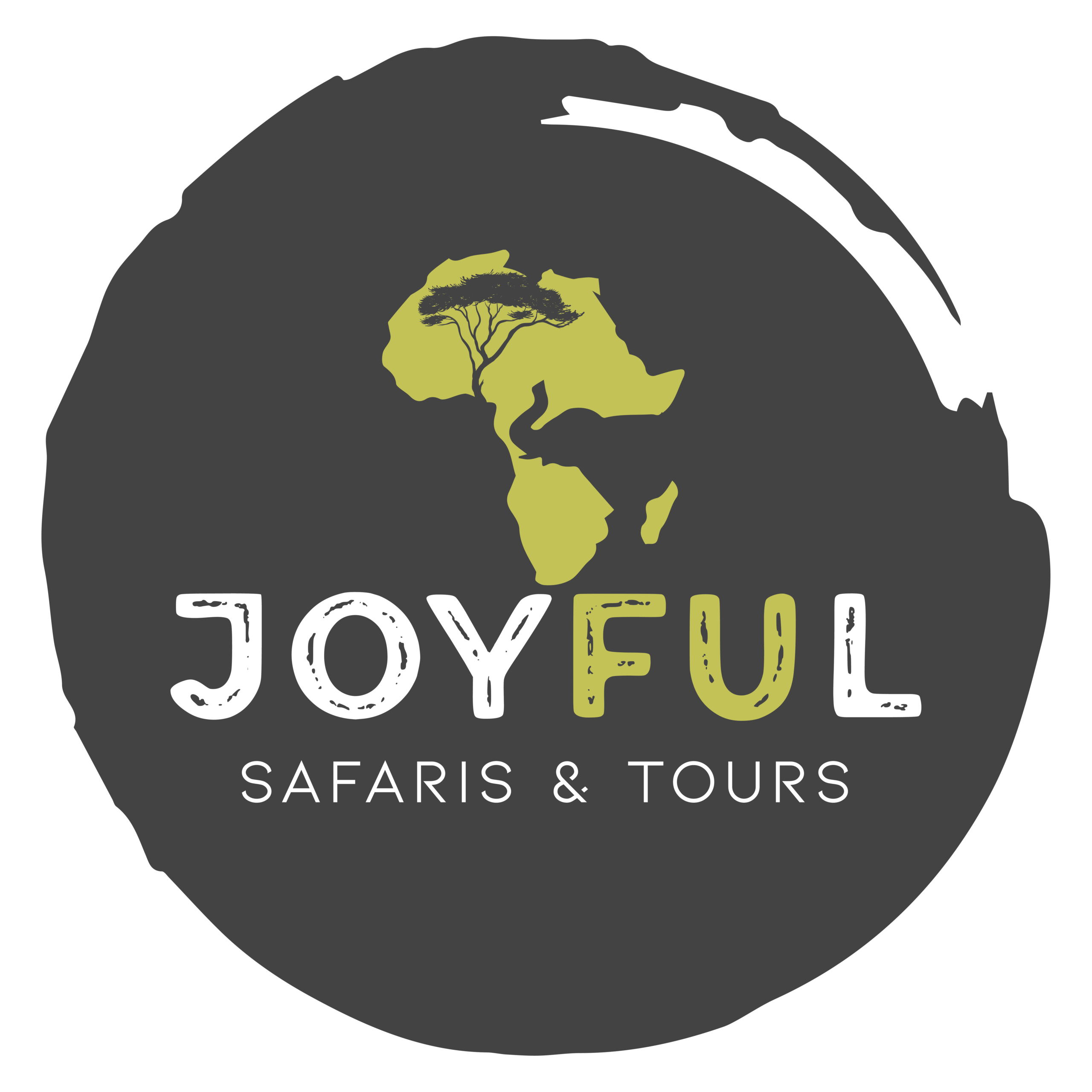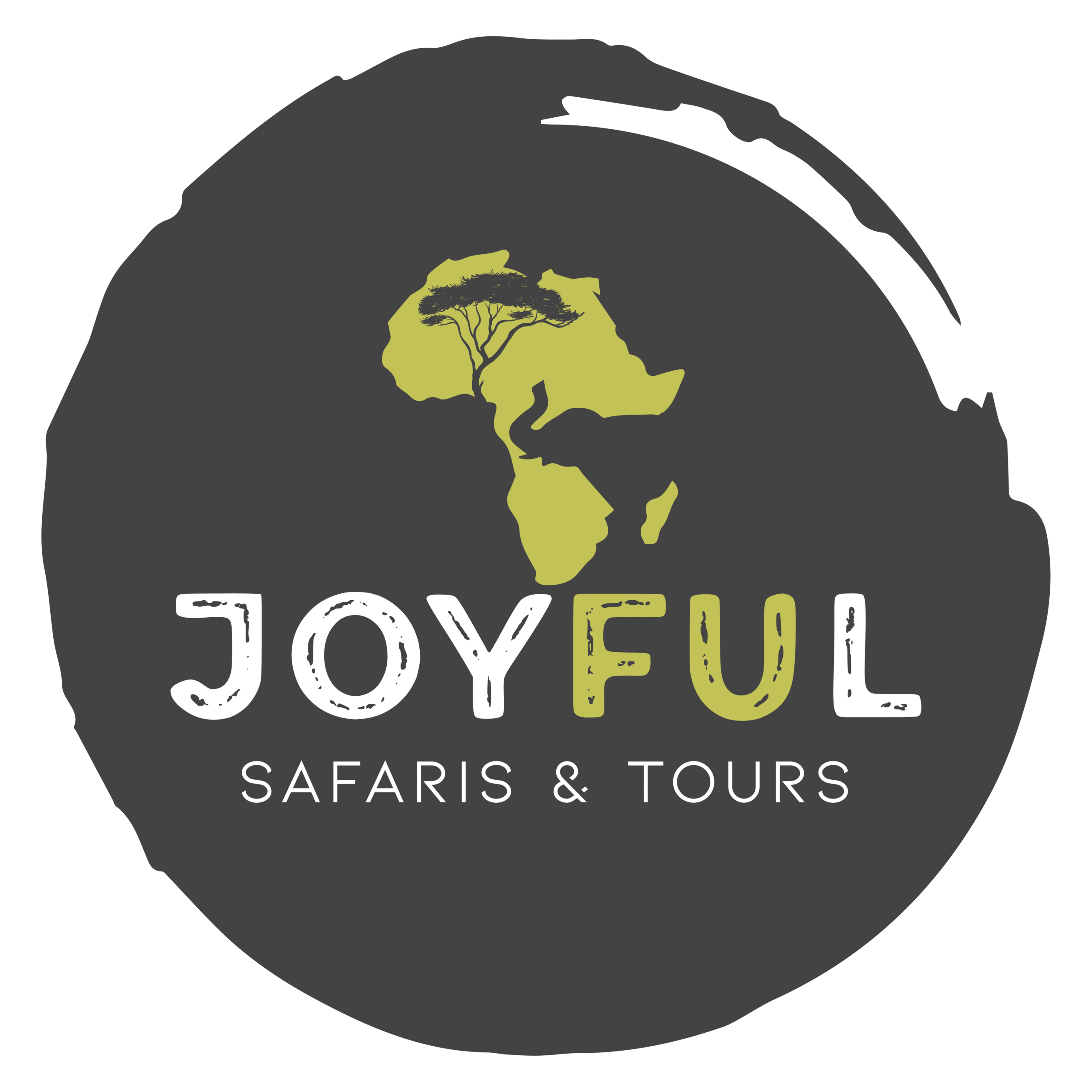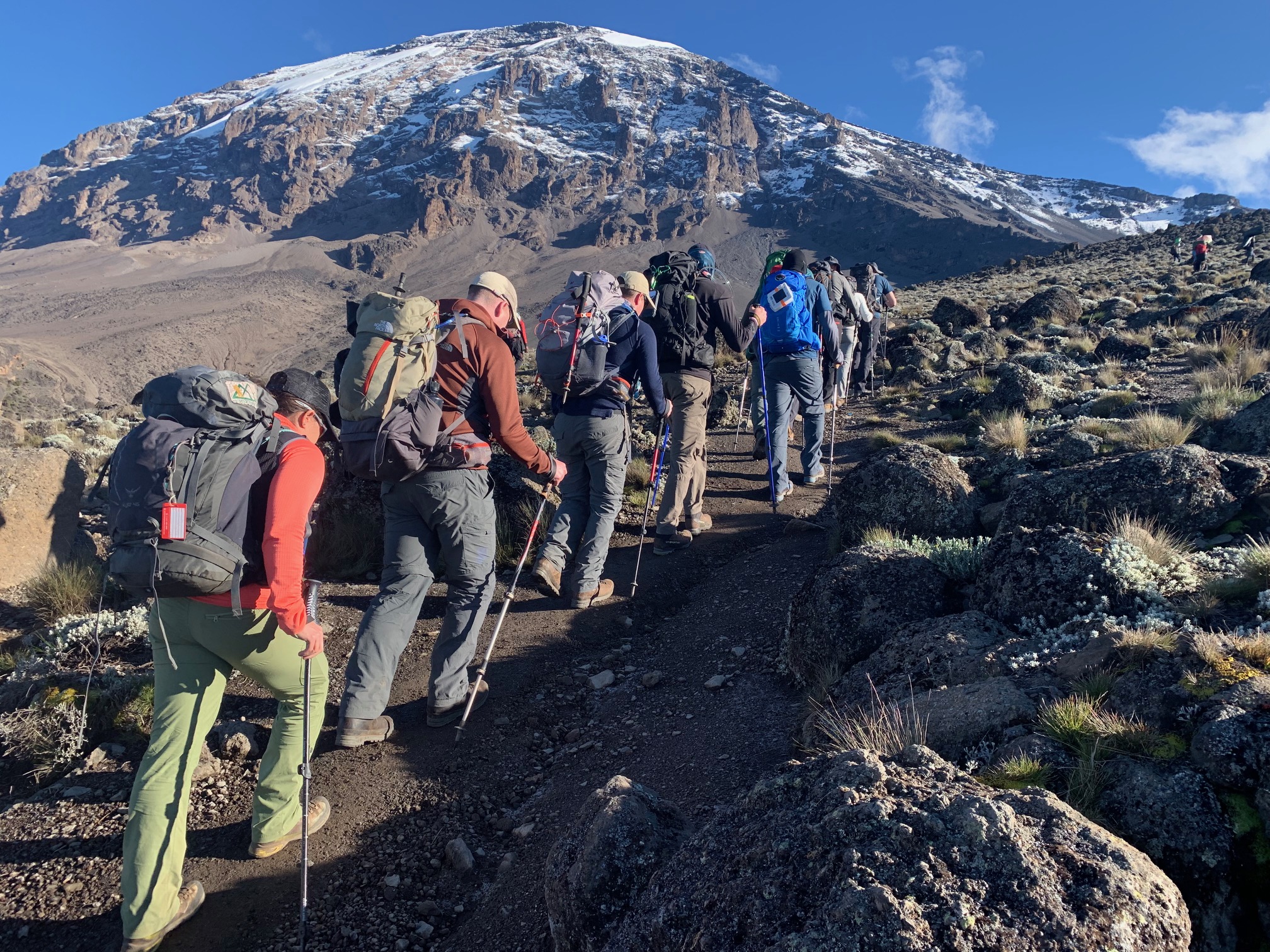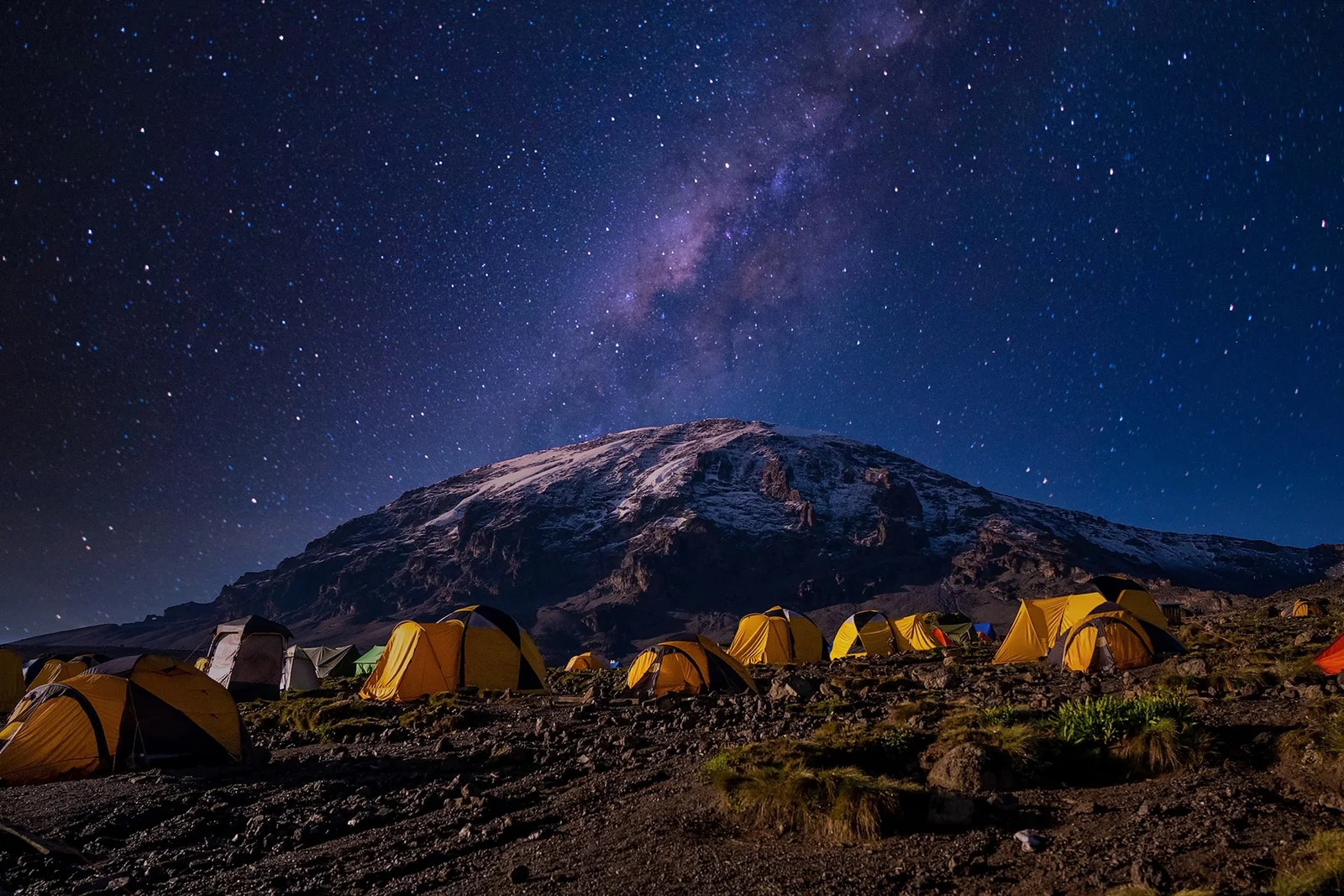- Home
- Luxury Safaris
- 2 Day Luxurious Taste of Tanzania Safari
- 3 Day Luxury Safari Experience
- 3 Day Essence of Tanzania – Luxury Safari
- 4 Days Leopard Tanzania Luxury Safari
- 8 Day Tanzania Signature Luxury Safari
- 4 Day Calving Season Safari in Ndutu & Ngorongoro Crater
- 4 Day Signature Safari Experience with Serengeti Balloon Ride
- 4 Days Elewa Tanzania Luxury Safari
- 5-Day Ndutu Calving Season Safari
- 5 Day Bespoke Tanzania Safari: Northern Circuit Elegance
- 5 Day Living Among Lions – Luxury Safari
- 5 Days Ultra Luxury Tanzania Safari
- 6-Day Signature Safari: Tanzania’s Iconic Wildlands
- 6-Day Safari Odyssey Through Untamed BeautyI The Soul of Tanzania
- 6-Day Private Tanzania Safari with Night Game Drive
- 8 Day Great Migration Luxury Safari in Tanzania
- 8 Day Exclusive Northern Tanzania Luxury Safari
- Ultra Luxury Safaris
- 5 Days Ultra Luxury Tanzania Safari
- 5-Day Discover the Untouched Wilderness
- 9 Days The Ultimate Luxury Northern Tanzania Safari
- 9 Days of Timeless Luxury in Tanzania: From Baobabs to Big Cats
- 10 Days of Pure Luxury in Tanzania
- 10 Day Tanzania Family Safari: Wild Moments & Wonder
- 10 Day Treasures of Tanzania
- 11 Day Signature Luxury Family Safari in Tanzania
- 12-Day Signature East Africa Luxury Safari
- Honeymoon Safaris
- Fly-In Safaris
- 2 Day Private Luxury Fly-In Safari from Zanzibar
- 3 Day Exclusive Fly-In Tanzania Safari: Tarangire, Ngorongoro & Materuni Experience
- 3 Day Fly-In Signature Honeymoon Safari
- 3 Day Fly-in, Fly-out Serengeti Safari
- 3 Day Fly-In Tanzania Luxury Safari: Serengeti & Ngorongoro Crater Experience
- 4-Day Above and Beyond – Luxury Fly-In Safari
- 4 Day Fly-In Luxury Safari from Zanzibar to Serengeti, Ngorongoro & Tarangire
- 4-Day “Wings Over the Wild” – Fly-in Luxury Tanzania Safari
- 4-Day Fly-In Luxury & Exclusive African Safari Experience
- 5-Day Luxury Safari: Serengeti, Lake Manyara & Ngorongoro Crater
- 5-Day Fly-In Safari: Serengeti, Ngorongoro Crater & Tarangire
- 6-Day Fly-Out from Kogatende | Great Migration Safari (Exclusive Itinerary)
- Zanzibar Escape Tours
- Mid-Range Safaris
- 3 Days Tanzania Safari Experience
- 4 Days Zanzibar Beach Holiday
- 4 Days Northern Tanzania Safari Experience
- 4 Days Zanzibar Beach Holiday
- 5 Days The Soul of Africa Safari
- 6 Days Spirit of Tanzania Safari
- 7 Days Big Five Safari Experience
- 8 Days Exclusive Great Migration Safari
- 8 Days Tanzania Northern Cultural Experience
- 9 Days Elite Safari Experience
- 9 Days Sound of Silence Tanzania Safari
- Kilimanjaro Routes
- About us
Ngorongoro Crater
Location, How to Get There, and Overview
Ngorongoro Crater, a UNESCO World Heritage Site, is located in northern Tanzania, about 180 kilometers west of Arusha. It is the world’s largest inactive, intact volcanic caldera, covering approximately 260 square kilometers with a depth of 600 meters.
By Air: The nearest airstrip is at Lake Manyara, with chartered flights from Arusha and other cities.
By Road: A 3-4 hour drive from Arusha through the scenic landscapes of the Great Rift Valley.
Ngorongoro Crater is home to a rich diversity of wildlife, often referred to as “Africa’s Eden” due to its enclosed ecosystem.
Tourist Attractions
Big Five Safari – Spot lions, elephants, rhinos, leopards, and buffalos in a compact area.
Empakaai Crater – A stunning volcanic crater with a lake frequented by flamingos.
Lerai Forest – A dense acacia forest home to elephants and leopards.
Lake Magadi – A shallow alkaline lake attracting flocks of flamingos.
Olduvai Gorge – An important archaeological site where early human fossils were discovered.
Fun Facts
Ngorongoro Crater was formed about 2.5 million years ago after a massive volcanic eruption.
It has one of the highest densities of predators in Africa.
The Maasai people still graze their livestock in parts of the conservation area.
Best Time to Visit
June to October: Best for wildlife viewing as animals are more concentrated.
November to May: Lush scenery and excellent birdwatching opportunities.
Activities
Game Drives
Walking Safaris
Cultural Tours to Maasai Villages
Birdwatching
Photographic Safaris
Ngorongoro Crater offers a unique and breathtaking safari experience, making it one of Tanzania’s top attractions.
Request Safari Quote
Tailor-Made Tours for Ultimate Adventures
Made to measure
We are Experience & Vacation Designers
Our team of highly experienced travel designers will guide you from beginning to end as you embark on a tailor-made journey of distinction, enjoying truly exclusive and authentic cultural experiences.
We can fulfill your bucket-list dreams, let get in touch.
Our guides are highly experienced, knowledgeable about wildlife and culture, and passionate about delivering the best safari experience. They are also trained in safety and hospitality to ensure an unforgettable adventure.
The best time depends on what you want to experience Tanzania. The dry season (June to October) is ideal for wildlife viewing, while the green season (November to May) offers lush landscapes and fewer crowds.
Absolutely! We offer flexible itineraries that allow you to extend your trip or tailor it to include additional destinations, activities, or cultural experiences.
Yes! Our luxury safaris include downtime at comfortable lodges, camps, or resorts where you can unwind, enjoy spa treatments, or relax by the pool between game drives.
Our Blog
Latest Travel News & Articles
Need Travel Related Tips & Information
Get expert travel tips and essential information for a seamless adventure.



